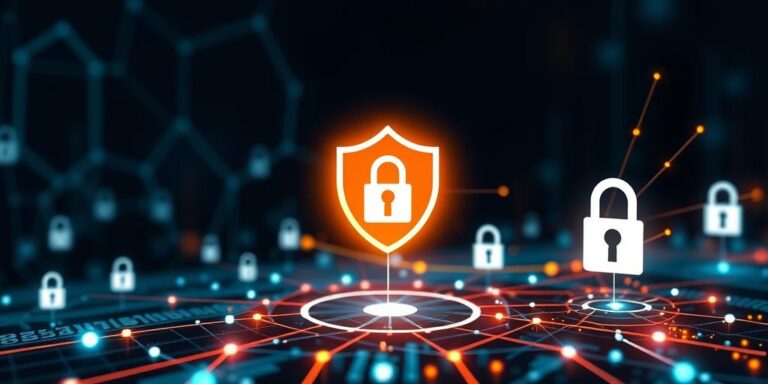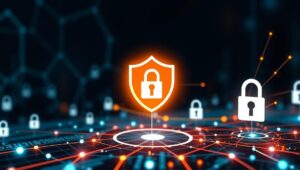Building a Security-First Culture for IoT Development (2025)
In the rapidly evolving landscape of the Internet of Things (IoT), security is no longer an afterthought but a fundamental requirement. As we move into 2025, the proliferation of interconnected devices necessitates a proactive, security-first culture within IoT development teams. This article outlines key strategies for establishing such a culture, ensuring robust protection against emerging threats.
Understanding the IoT Security Landscape
The IoT ecosystem is vast and varied, encompassing everything from smart home appliances to industrial control systems. This diversity introduces numerous attack vectors, making IoT devices prime targets for cybercriminals. Common vulnerabilities include weak authentication mechanisms, unencrypted data transmission, and outdated software.
To build a security-first culture, developers must first understand these risks and their potential impact. Regular threat assessments and vulnerability analyses are crucial for identifying and mitigating potential weaknesses.
Key Strategies for a Security-First Culture
- Education and Training:
- Continuous Learning: Implement ongoing training programs to keep developers updated on the latest security threats and best practices.
- Security Champions: Designate security champions within each development team to promote and enforce security protocols.
- Secure Development Lifecycle (SDL):
- Security by Design: Integrate security considerations into every stage of the development lifecycle, from initial design to deployment and maintenance.
- Threat Modeling: Conduct thorough threat modeling exercises to identify potential attack vectors and prioritize security measures.
- Robust Authentication and Access Control:
- Strong Passwords: Enforce the use of strong, unique passwords and multi-factor authentication (MFA) where possible.
- Role-Based Access Control (RBAC): Implement RBAC to limit access to sensitive data and functions based on user roles.
- Data Encryption:
- End-to-End Encryption: Utilize end-to-end encryption to protect data in transit and at rest.
- Key Management: Implement secure key management practices to safeguard encryption keys.
- Regular Security Audits and Penetration Testing:
- Vulnerability Scanning: Conduct automated vulnerability scans to identify known weaknesses.
- Penetration Testing: Engage ethical hackers to perform penetration testing and simulate real-world attacks.
- Incident Response Plan:
- Preparedness: Develop a comprehensive incident response plan to address security breaches promptly and effectively.
- Regular Drills: Conduct regular incident response drills to ensure that the team is prepared to handle security incidents.
- Secure Supply Chain Management:
- Vendor Security: Assess the security practices of third-party vendors and suppliers.
- Component Verification: Verify the integrity and authenticity of hardware and software components.
Embracing Automation and AI
As we look to 2025, automation and artificial intelligence (AI) will play an increasingly important role in IoT security. Automated security tools can help identify and remediate vulnerabilities more efficiently, while AI-powered systems can detect and respond to threats in real-time.
- Automated Vulnerability Scanning: Use automated tools to continuously scan for vulnerabilities in IoT devices and applications.
- AI-Driven Threat Detection: Implement AI-powered threat detection systems to identify and respond to anomalous behavior.
The Role of Policy and Compliance
Establishing a security-first culture also requires strong policy and compliance frameworks. Organizations must adhere to relevant industry standards and regulations, such as GDPR, HIPAA, and NIST guidelines. Regular compliance audits can help ensure that security practices align with these requirements.
Conclusion
Building a security-first culture for IoT development in 2025 is essential for protecting against evolving cyber threats. By prioritizing education, implementing secure development practices, and embracing automation and AI, organizations can create a robust security posture. As the IoT landscape continues to expand, a proactive and vigilant approach to security will be critical for maintaining trust and ensuring the safety of interconnected devices.




